What’s Really Lurking in Your Kitchen?
Meet the Toxic Ten—the most common hidden chemicals in cookware, food storage, packaging, and cleaning products.
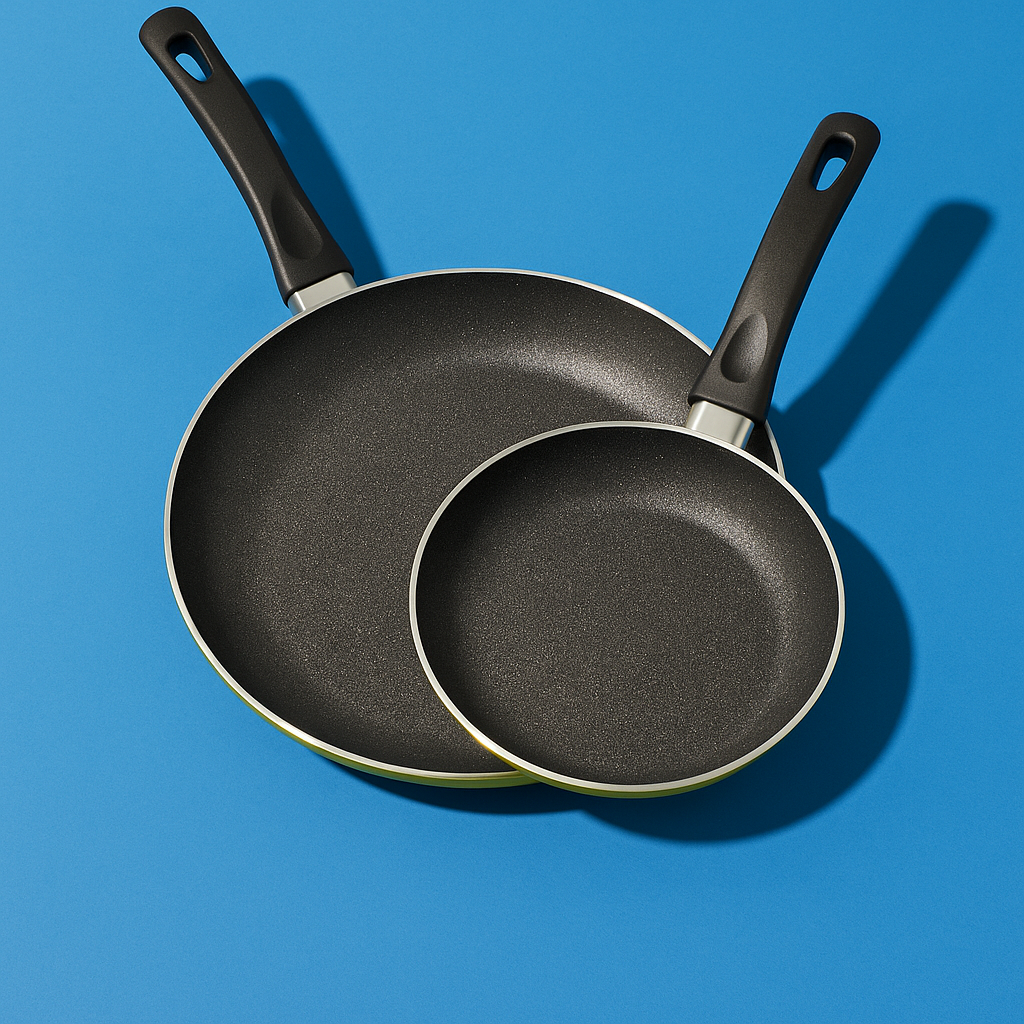
PFAS
(per- and polyfluoroalkyl substances)
PFAS are a group of man-made “forever chemicals” used for stain, water, and grease resistance that can build up in the body and environment over time.
- Non-stick (Teflon) pans
- Water- and grease-resistant food packaging
- Stain-resistant tablecloths or aprons
Source: Environmental Working Group (EWG)
Verified against EU restrictions on PFAS in food packaging

VOCs
(Volatile Organic Compounds)
VOCs are gases emitted from products like paints, cleaners, and air fresheners that contribute to indoor air pollution and may cause respiratory irritation, headaches, and long-term health effects.
- Gas emitted from stove
- Oven cleaners, degreasers, and multi-surface sprays
- Dish Soap
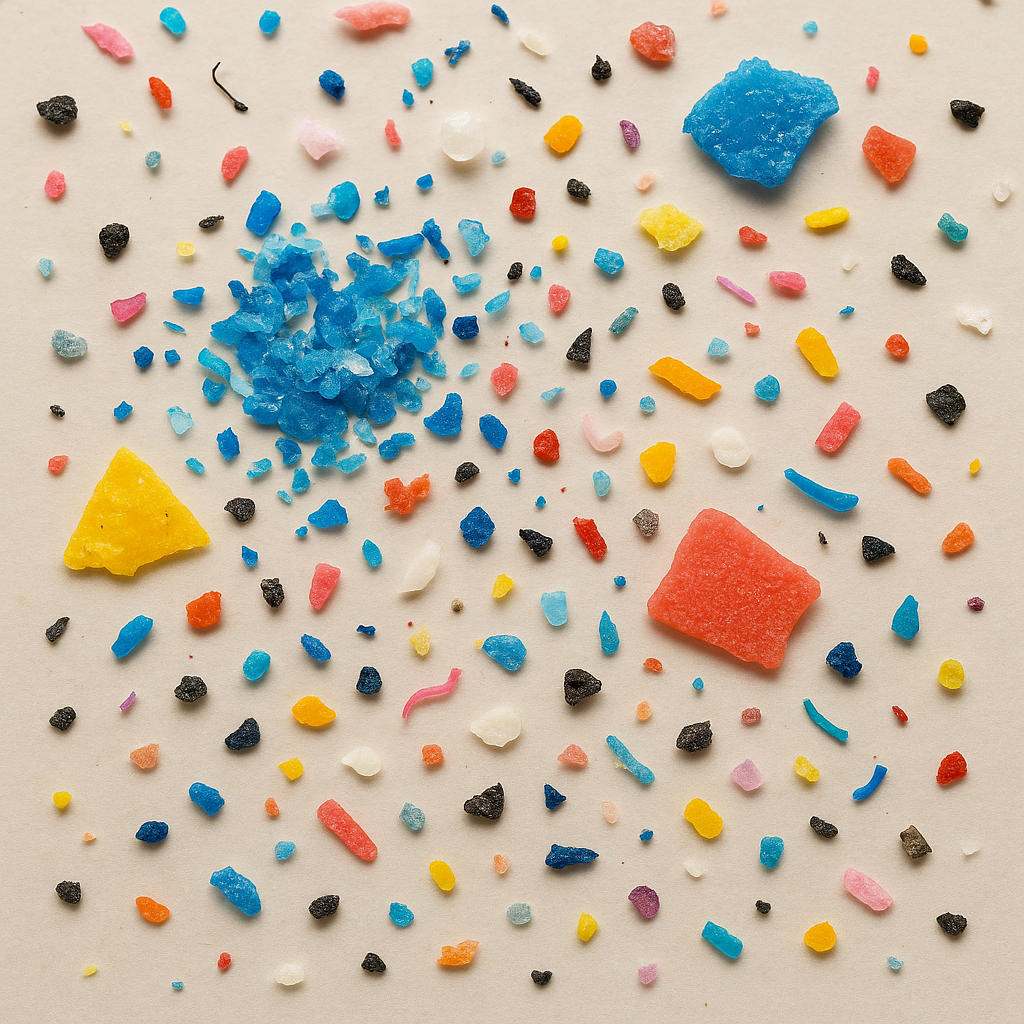
Microplastics
Microplastics are tiny plastic particles found in water, air, food, and household dust, and while their long-term health impacts are still being studied, they are known to carry toxic chemicals and infiltrate human tissues.
- Scratched or worn plastic cutting boards
- Plastic utensils, especially when heated
- Nonstick cookware coatings as they degrade
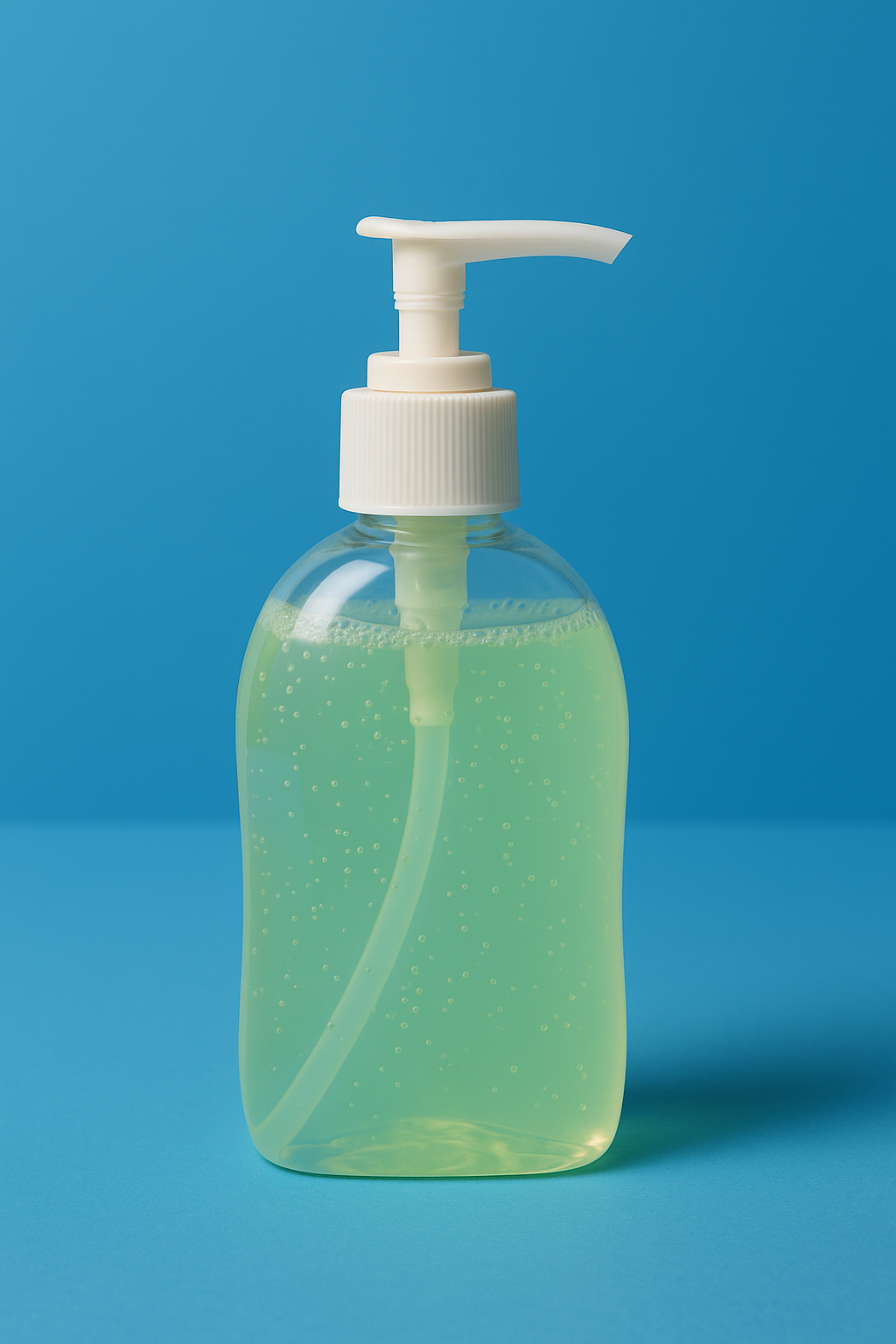
Phthalates
Phthalates are plasticizing chemicals used in flexible plastics and scented products that can interfere with hormone function and have been linked to reproductive and developmental issues.
- Dish soaps and cleaners with synthetic fragrance
- Plastic food containers
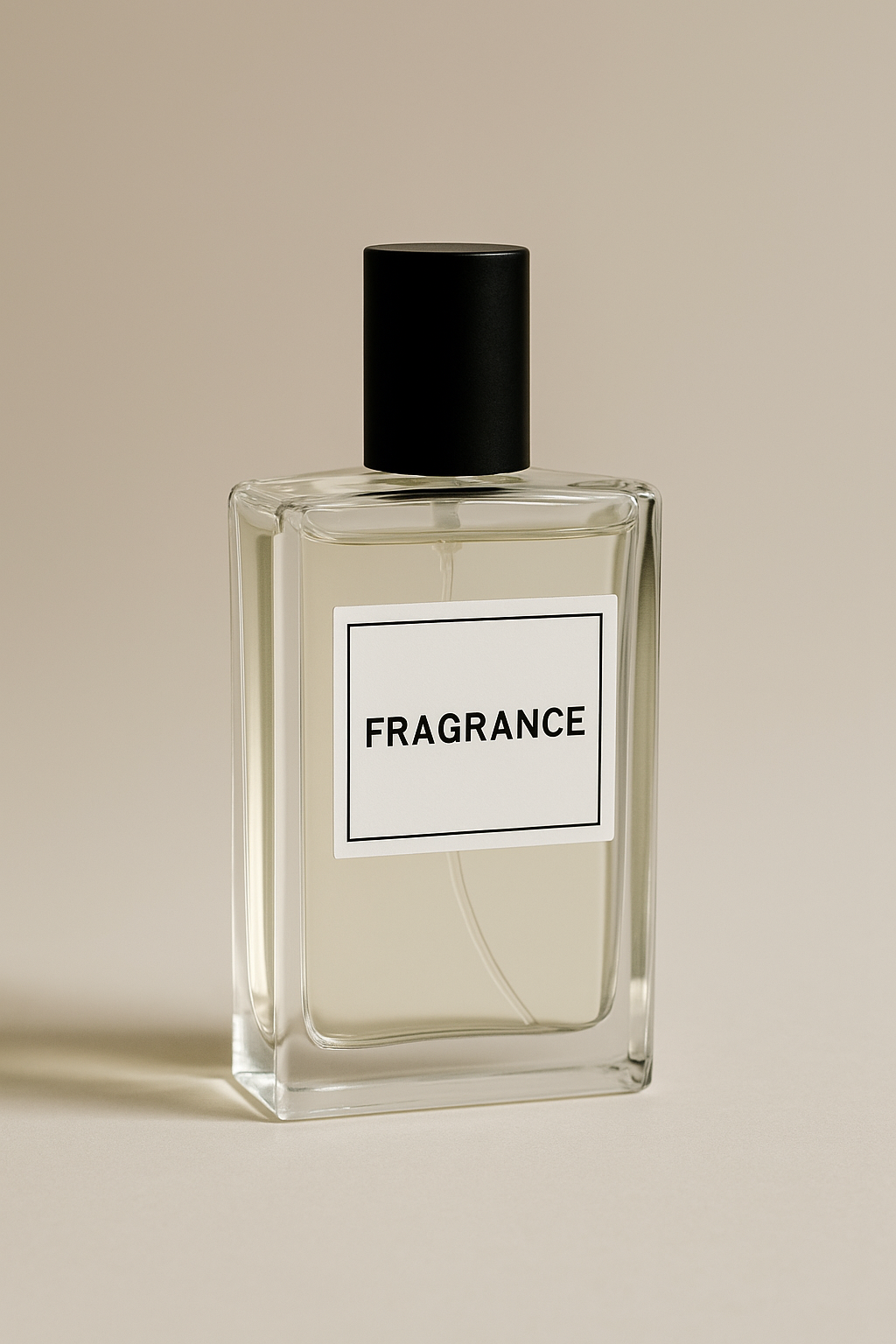
Fragrance
(Parfum)
“Fragrance” is a legally vague term that can hide dozens of undisclosed chemicals, many of which may trigger allergies, disrupt hormones, or contain toxic contaminants like phthalates.
- Dishwashing liquid and surface cleaners
- Air fresheners or scented candles
- Hand soap
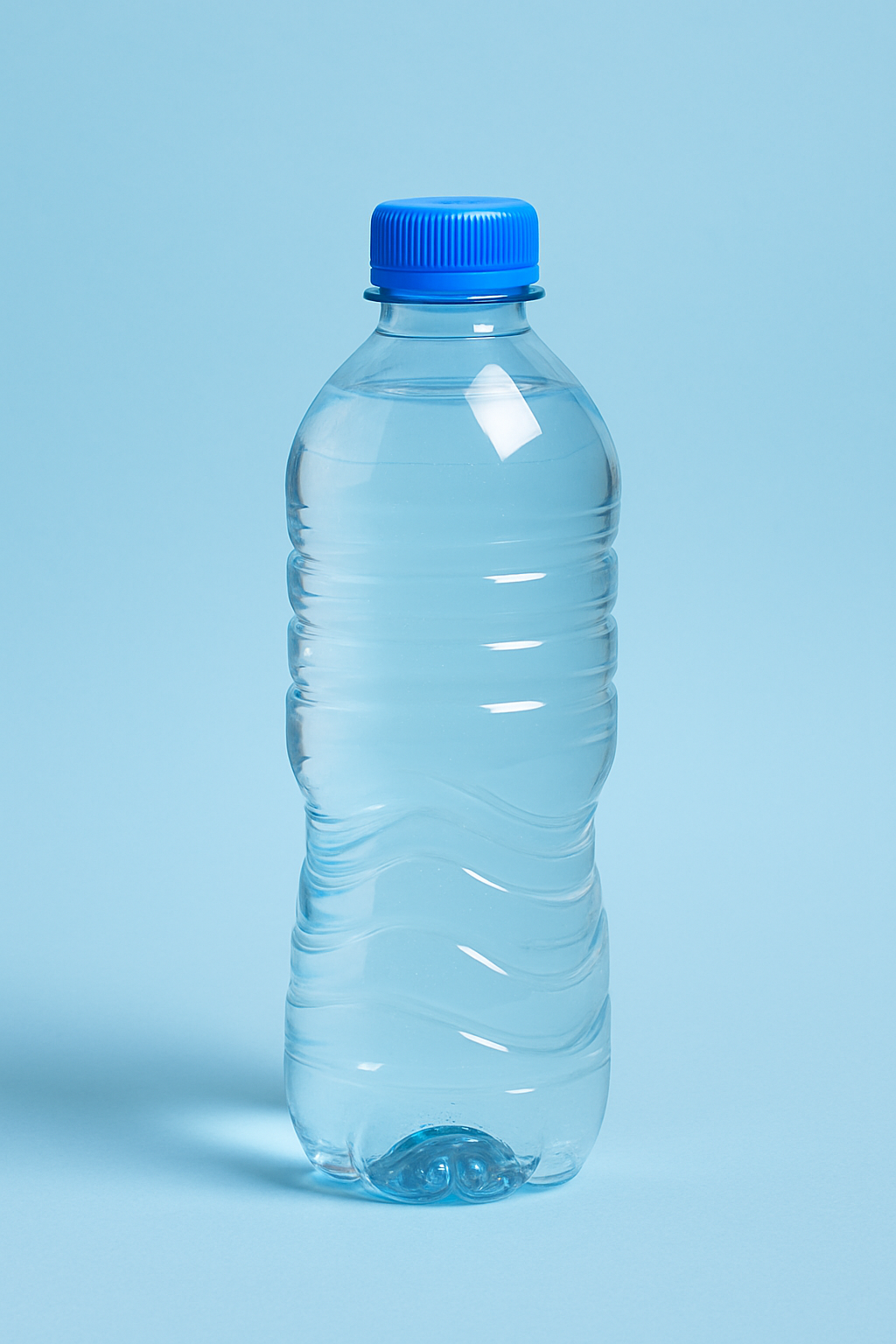
BPA
(Bisphenol A)
BPA is a chemical used to harden plastics and line food cans, known to mimic estrogen and disrupt endocrine function, with potential links to cancer, infertility, and metabolic disorders.
- Plastic measuring cups, food storage containers, and blender pitchers
- Lining of canned foods and drinks
- Plastic mixing bowls or spatulas
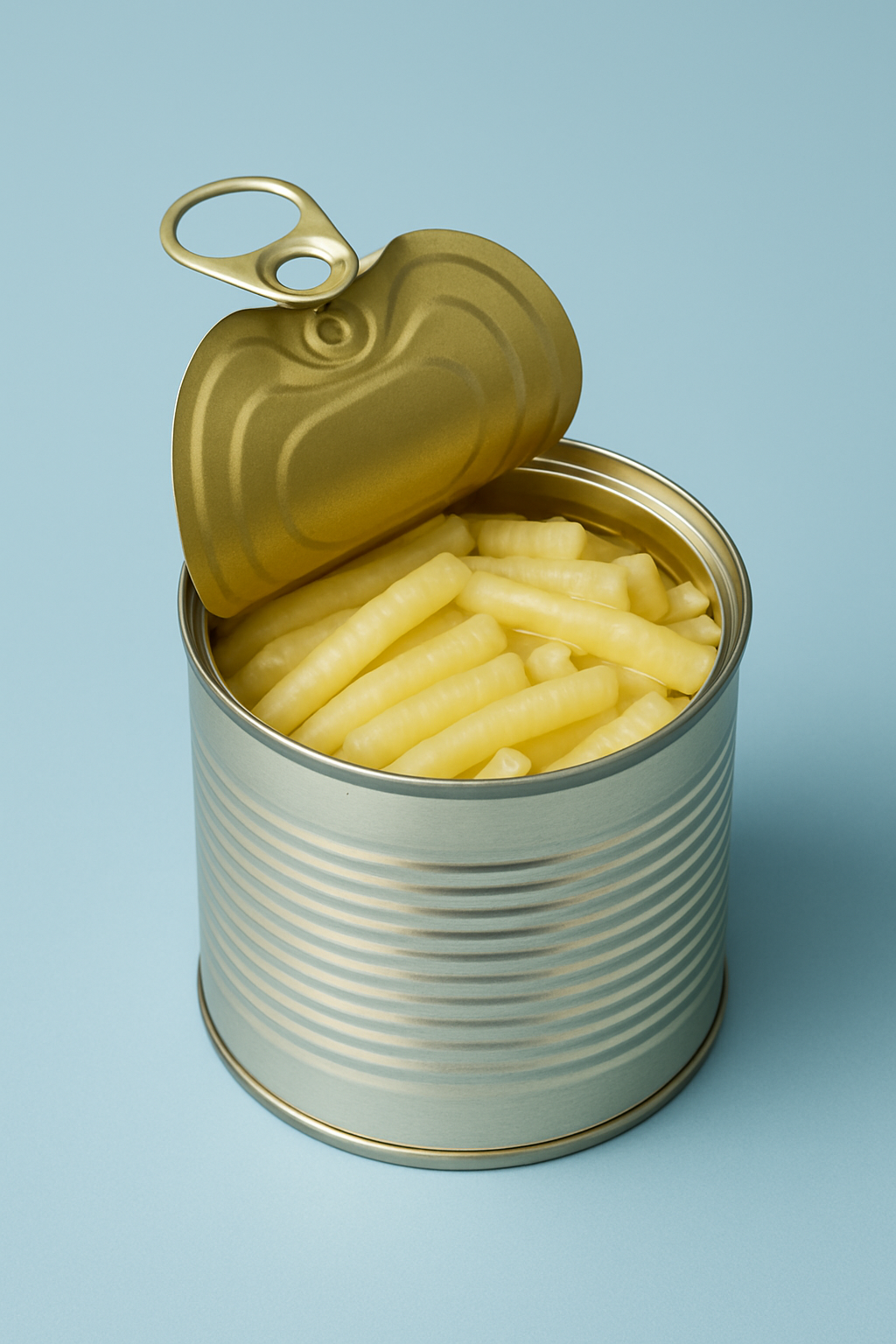
BPS
(Bisphenol S)
BPS is a common BPA substitute in "BPA-free" plastics that may pose similar hormone-disrupting risks.
- “BPA-free” plastic containers and utensils
- Food packaging and storage films
- Thermal receipt paper
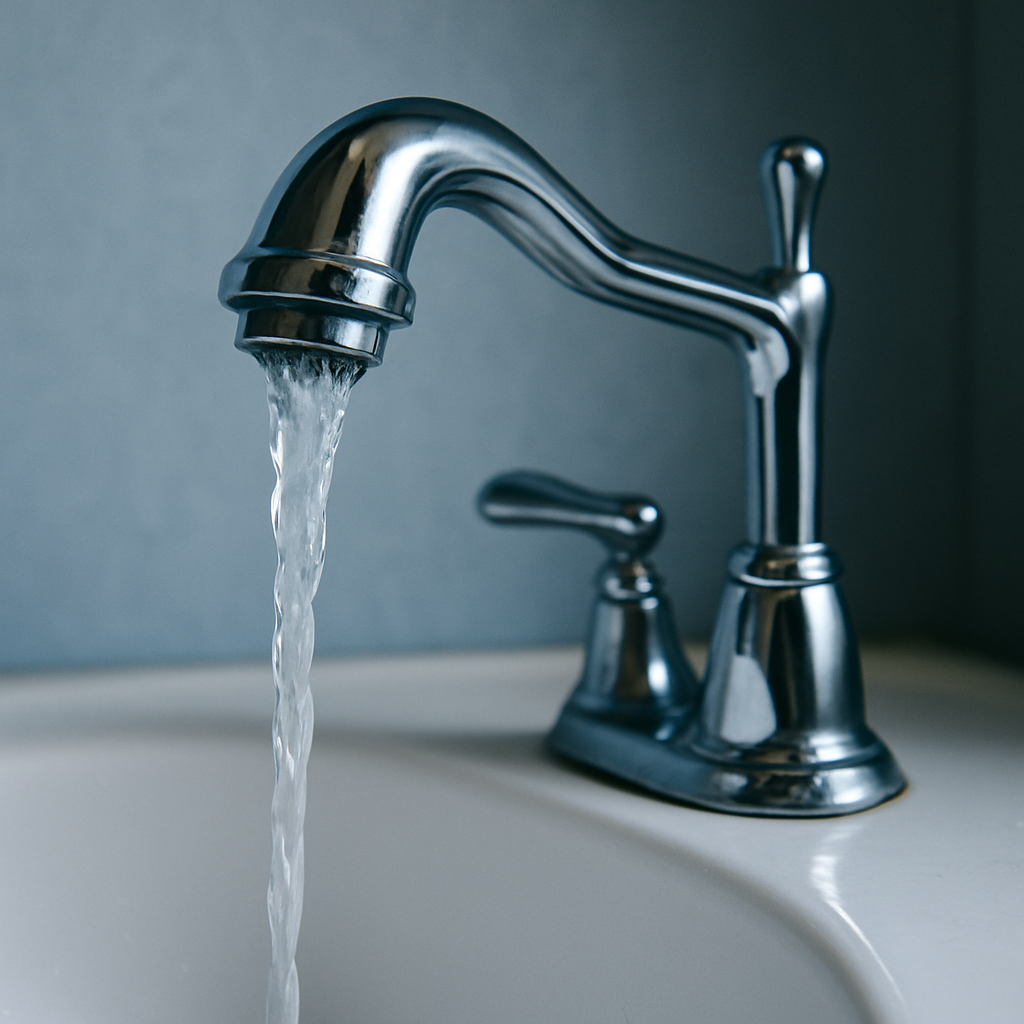
Heavy Metals
(Lead, Mercury, Cadmium, etc.)
Heavy metals are toxic elements that can accumulate in the body over time, affecting the nervous system, kidney function, and child development even at low levels.
- Ceramic dishware and mugs with old glazes
- Aluminum or copper cookware with non-anodized finishes
- Some stainless steel cooking utensils with cheap alloys
Want to detoxify your kitchen?
Get personalized recommendations on how to create a healthy kitchen environment by avoiding PFAS, Poor Air quality, Heavy Metals, Phalates, BPA and more.
